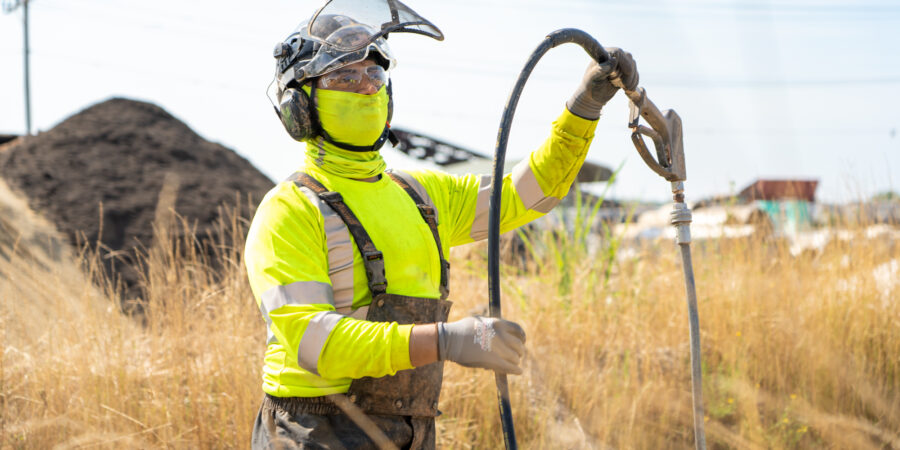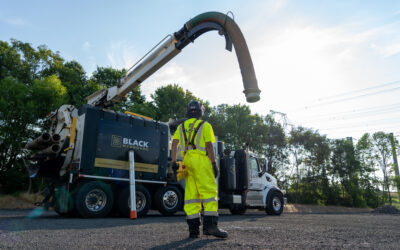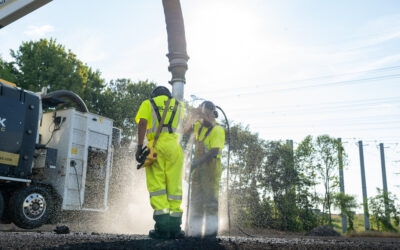Introduction
In our commitment to safety and continuous education, Black Hydrovac reviews industry data from multiple sources. In a previous blog, we discussed the cost of utility strikes using findings from North America’s Common Ground Alliance (CGA). This time, we’re turning to the UK’s Utility Strike Avoidance Group (USAG) for additional insight.
Much like CGA’s annual DIRT Report, USAG’s Utility Strike Damages Report offers a detailed look at the trends behind utility incidents. While vacuum excavation usage and regulations may vary by region, the data remains a valuable tool for improving safe digging practices.
Monthly and Seasonal Trends
USAG’s data shows that more utility strikes tend to happen during the summer than in the winter. This is largely attributed to longer daylight hours and increased project volume, often with rotating teams and schedule adjustments.
Shorter days and cooler weather in the winter typically result in reduced excavation activity, contributing to fewer incidents. For operators, awareness of these seasonal patterns supports smarter planning and crew coordination.

Weekday Workload and Incident Timing
The report identifies a higher number of strikes early in the week, particularly on Tuesdays, likely reflecting a natural ramp-up in work activity. As the week progresses and tasks shift toward restoration and cleanup, reports show a decline.
USAG suggests reinforcing safe excavation protocols consistently throughout the week—not just on high-activity days. At Black Hydrovac, our processes are structured to keep safety messaging and field execution consistent, regardless of the day.


Time of Day Insights
The timing of excavation activity also plays a role. According to USAG, most incidents cluster between 10 a.m. and noon. This window often coincides with peak site activity and coordination.

Interestingly, USAG also highlights late-night hours—particularly between 1 and 4 a.m.—as a timeframe when consequences of utility strikes tend to be more significant. While less common, after-hours excavation may involve emergency work or reduced support access. These insights highlight the value of planning daytime operations whenever possible to maintain consistency and control.
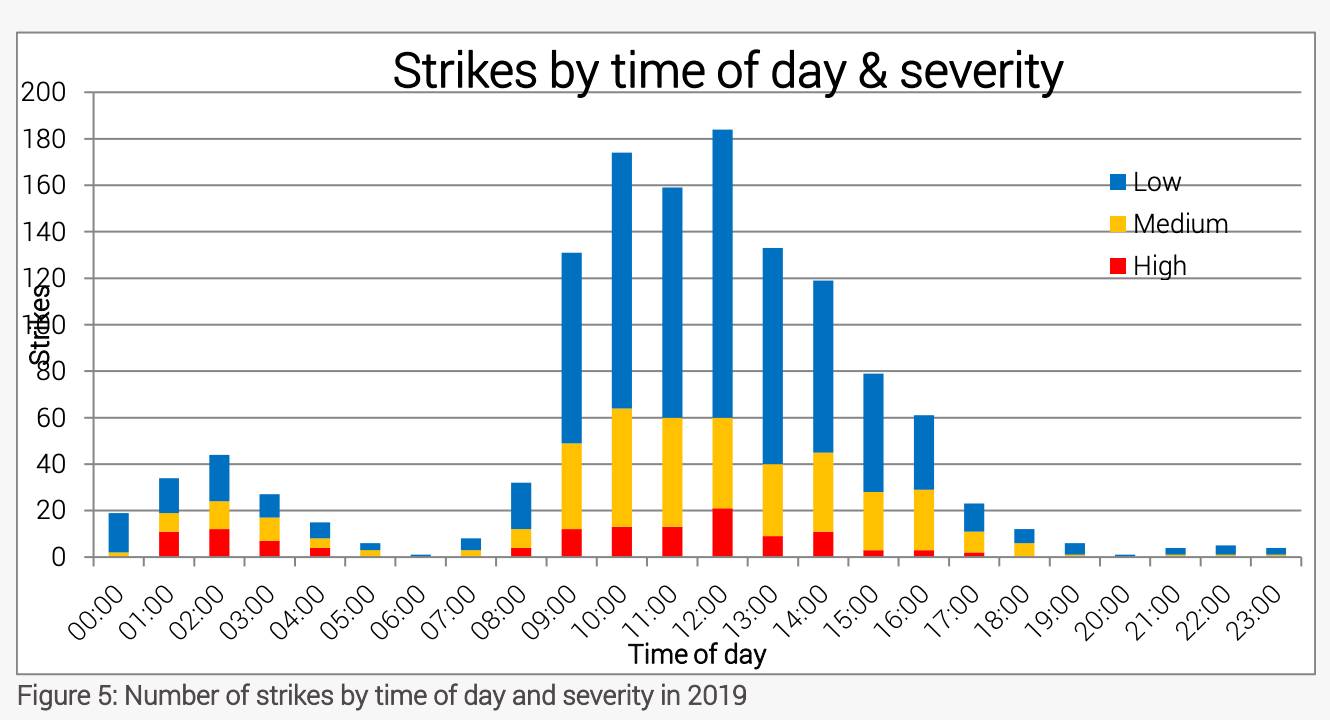
Vacuum Excavation: Global Consensus on Safe Practices
Both USAG and CGA reinforce vacuum excavation as an effective and precise method when used properly. USAG notes that vacuum excavators “are very effective tools” with a low number of reported strikes.
While all reports agree on the value of vacuum excavation, CGA’s Best Practices (Version 20, Section 5.32) clearly outlines how it should be used—consistent with standards commonly followed across the U.S. Vacuum excavation is appropriate for digging near underground facilities as long as:
- The equipment is purpose-built for excavation,
- Operated by trained and experienced personnel,
- Used with protocols that safeguard people and infrastructure, and
- Compliant with all applicable regulations.
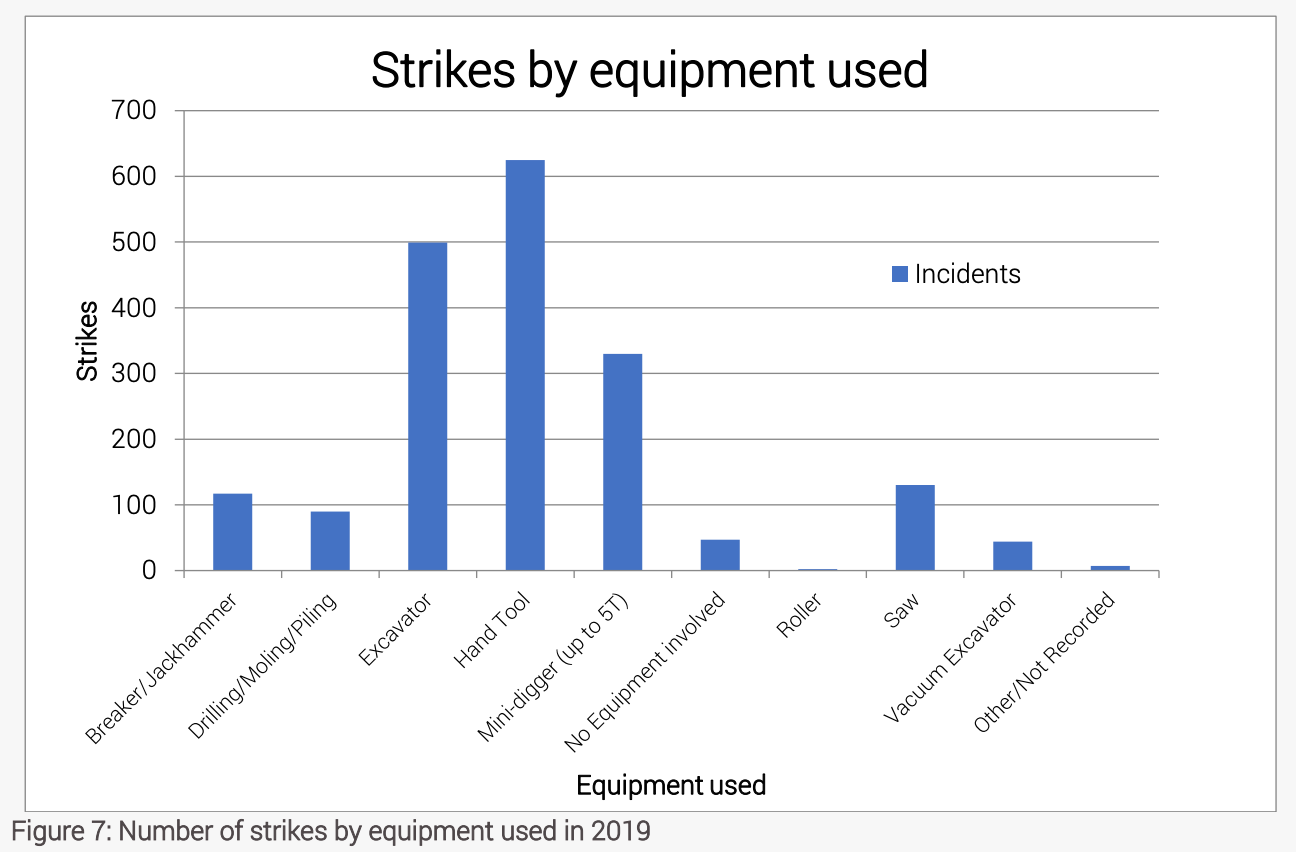
Vacuum excavation is consistently recognized across the US and UK as the most trusted method for avoiding utility strikes. At Black Hydrovac, our team applies this proven approach with precision—combining the right equipment and skilled crews to safely expose utilities, even in high-risk environments. Our track record across mission-critical projects speaks to its reliability in live settings..
Our Standards in Action
We treat CGA’s Best Practices as a core part of how we work every day.
Here’s what that looks like in action:
- Specialized Equipment: We invest in leading-edge vac systems designed specifically for precision excavation.
- Safety Standards: Our team builds every plan with protection in mind—for people, infrastructure, and timelines.
- Ongoing Training: Technicians receive continuous education to stay sharp and field-ready in all conditions.
Our approach is proven across projects requiring the highest reliability—from data centers to secure infrastructure builds. That’s why industry partners trust us to deliver on one clear promise:
Critical Protection for Every Mission.
If you’re seeking a vacuum excavation partner who puts planning, precision, and protection first, we’re ready to talk.
References
USAG. Utility Strike Damages Report.
Common Ground Alliance. Best Practices.

